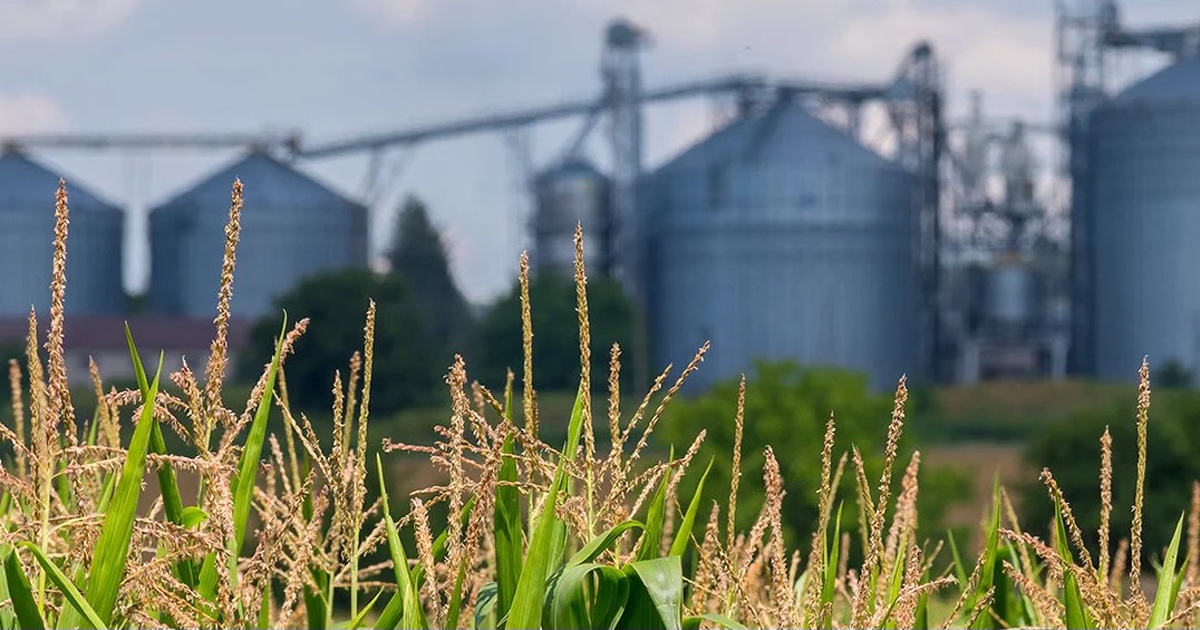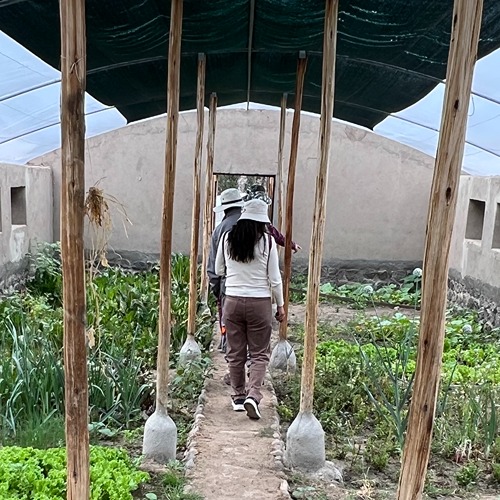Most consumers continue to expect rising food prices
Most U.S. consumers surveyed in February 2024 predicted that they would see an increase in food prices over the next 12 months. Sixty-four percent of respondents predict food prices to rise in the next year, and the average predicted increase is 3.7%, according to the February Consumer Food Insights Report.
The survey-based report out of Purdue University’s Center for Food Demand Analysis and Sustainability assesses food spending, consumer satisfaction and values, support of agricultural and food policies and trust in information sources. Purdue experts conducted and evaluated the survey, which included 1,200 consumers across the U.S.
Over the same 26 months of the survey, the U.S. observed high food inflation that peaked at 11.3% in 2022. “Even though food inflation has cooled significantly since then, dropping to 2.6% this month, inflation remains positive,” said the report’s lead author, Joseph Balagtas, professor of agricultural economics at Purdue and director of CFDAS. “Consumers, on average, are predicting food price inflation to rise a bit in the coming year.”
This month’s survey examined consumer expectations for food prices and how they correlate with other consumer perceptions, behaviors and characteristics. The researchers split consumer responses into two groups: those that predicted food prices to fall or stay the same in the coming year, and those that predicted prices to rise.
The researchers also looked at stated political affiliation and trust differences between two media sources that tend to diverge on partisan issues — CNN and Fox News.
Among self-identified Republicans, 71% of respondents predict prices to rise, while only 56% of self-identified Democrats predict the same. Among those who trust Fox News as a source of information, 67% expect an increase in food prices, while among those who trust CNN as a news source, only 53% predict higher food prices. “It seems our political leanings color our perceptions of the food economy,” Balagtas said.
Balagtas noted that a Democratic administration has been in office since this survey began. “We don’t observe in our data what price expectations would be for Republicans and Democrats under a Republican administration,” he said. “But our finding is consistent with other research that indeed finds partisan bias in inflation expectations and perceptions of the economy.”
The researchers also found that food price expectations are correlated with food values. Since they began tracking food values in January 2022, consumers have consistently rated taste and affordability as the most important food values, two to three times more important than environmental impact and social responsibility. Consumers predicting prices to rise tend to value affordability slightly higher and environmental and social responsibility slightly lower than do those who predict prices to fall.
“One interesting result is the importance of affordability to those who predict food prices will go up,” Balagtas said. “It makes sense that people who expect prices to rise would also key in on the importance of food affordability.”
In the food expenditures category, consumer food spending rose to a weekly average of $195 in February, up 7% from February 2022,” said Elijah Bryant, a survey research analyst at CFDAS and co-author of the report.
The most recent Consumer Price Index measure of year-over-year inflation for groceries (food at home) was 1.2% in January 2024, according to the Bureau of Labor Statistics. For food from restaurants (food away from home), the figure was 5.1%. Food-away-from-home (FAFH) inflation has remained higher than food-at-home (FAH) since March 2023.
“Since March 2022, the survey has asked consumers how frequently they eat meals from restaurants, fast-food places or carryout in the last seven days. “There has been a slight downward trend in the average number of FAFH meals eaten since May and June 2023, when FAFH and FAH inflation began to really diverge,” Bryant said. “As the cost of eating out continues to grow at a faster rate than groceries, we are seeing consumers eating out less and cooking at home more.”
Households that spend more money every week on food tend to predict higher future food prices, Bryant noted. “These households may be more aware of food price trends as they spend more at the grocery store and at restaurants every week,” he said.
The U.S. Department of Agriculture recently released its food price outlook for 2024. Similar to current trends, the USDA predicts food away-from-home prices to increase by 5% and food-at-home prices to increase by only 1.6%.
The Purdue researchers estimate food insecurity at 12.4%, down 0.8 of a percent from January. Food insecurity rates have hovered around 13% since September 2023.
“Aggregating all 26 months of data, we see Supplemental Nutrition Assistance Program (SNAP) participants are less likely to predict rising food prices (59%) than nonparticipants (64%),” Bryant noted. “Interestingly, it seems those less reliant on federal food assistance are more pessimistic about food prices in the coming year.”
The Center for Food Demand Analysis and Sustainability is part of Purdue’s Next Moves in agriculture and food systems and uses innovative data analysis shared through user-friendly platforms to improve the food system. In addition to the Consumer Food Insights Report, the center offers a portfolio of online dashboards.






